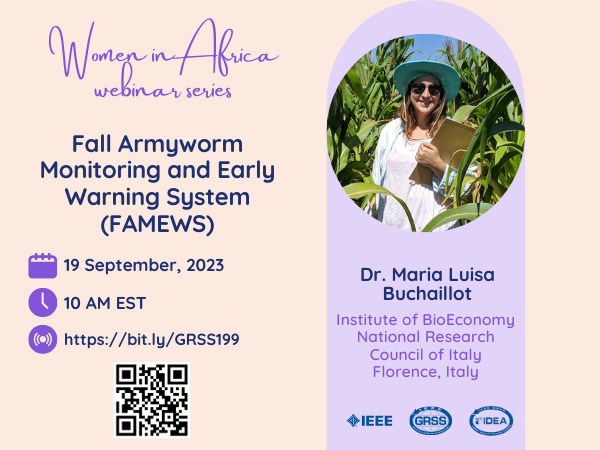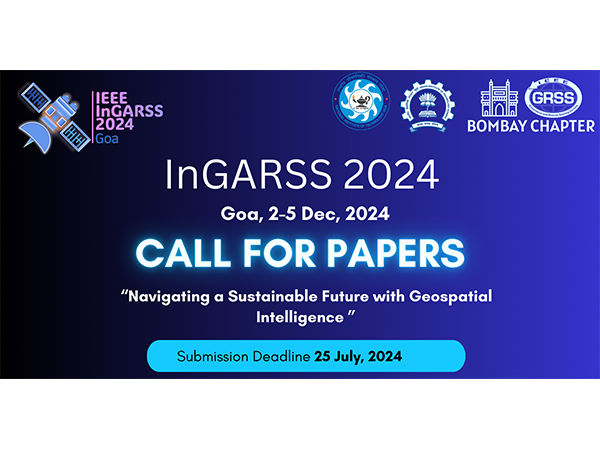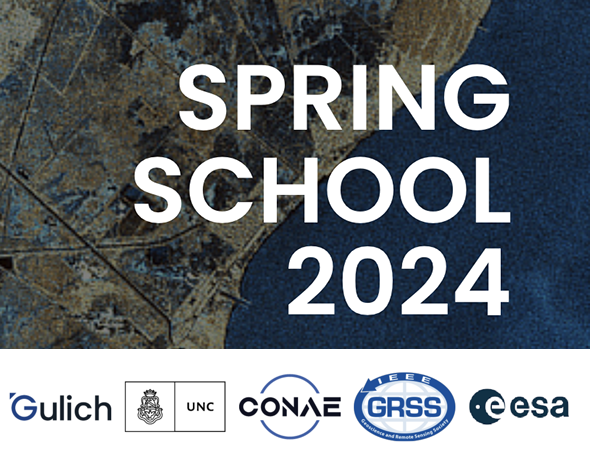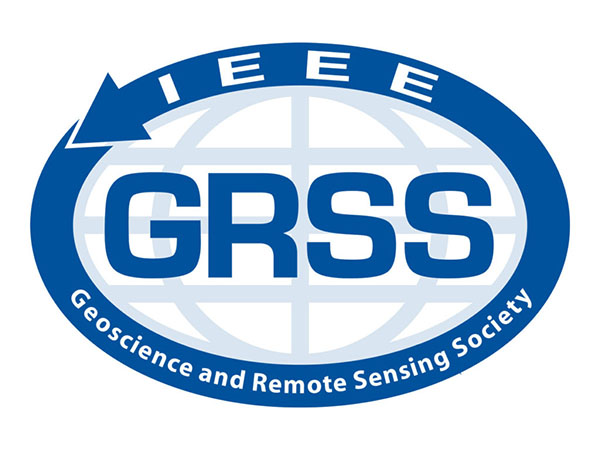Fall Armyworm Monitoring and Early Warning System (FAMEWS)
About the Webinar
The second United Nations Sustainable Development Goal (SDG2), zero hunger, aims to improve the productivity, food security, nutrition, and sustainability of small-scale farmers. The fall armyworm (FAW, Spodoptera frugiperda) has been devastating to smallholder farmer food security since it spread to sub-Saharan Africa in 2016, who have suffered massive crop losses, particularly maize, an important staple for basic sustenance. Since the FAW mainly devours green leaf biomass during the maize vegetative growth stage, the implementation of remote sensing technologies offers opportunities for monitoring the FAW. Here, we developed and tested a Sentinel 2 a+b satellite-based monitoring algorithm based on optimized first-derivative NDVI time series analysis using Google Earth Engine. For validation, we first employed the FAO Fall Armyworm Monitoring and Early Warning System (FAMEWS) mobile app data from Kenya, and then subsequently conducted field validation campaigns in Zimbabwe, Kenya, and Tanzania. Additionally, we directly observed the loss of green biomass during maize vegetative growth stages caused by the FAW, confirming the observed signals of loss of the leaf area index (LAI) and the total green biomass (via the NDVI). Preliminary analyses suggested that satellite monitoring of small-scale farmer fields at the regional level may be possible with an NDVI first-derivative time series anomaly analysis using ESA Sentinel 2 a+b (R2 = 0.81). Commercial nanosatellite constellations, such as PlanetScope, were also explored, which may offer benefits from greater spatial resolution and return interval frequency. Due to other confounding factors, such as clouds, intercropping, weeds, abiotic stresses, or even other biotic pests (e.g., locusts), validation results were mixed. Still, maize biomass anomaly detection for monitoring the FAW using satellite data could help confirm the presence of the FAW with the help of expanded field-based monitoring through the FAO FAMEWS app.
About the Speaker


Following my master’s, I embarked on a Ph.D. program in multi-scale and multi-sensor remote sensing for international agriculture. Throughout my doctoral studies, I had the opportunity to work with various crops such as maize, wheat, barley, soybean, cotton, and peanuts in different countries. The project that resonated with me the most was the one I conducted in Zimbabwe, Kenya, and Tanzania. Through this project, I developed connections with small-scale farmers and learned a great deal from them, particularly their approaches to food production.
After completing my Ph.D. journey of four years, I relocated to Italy to work as a postdoctoral researcher on a project focused on tomato and melon cultivation and water management using remote sensing techniques.




























